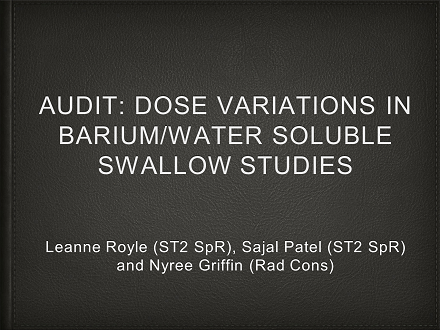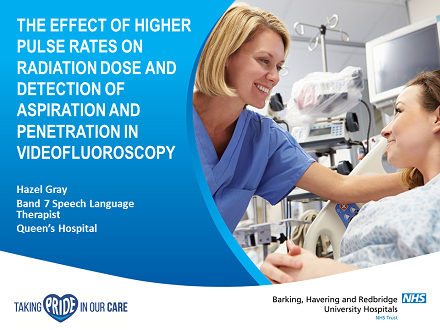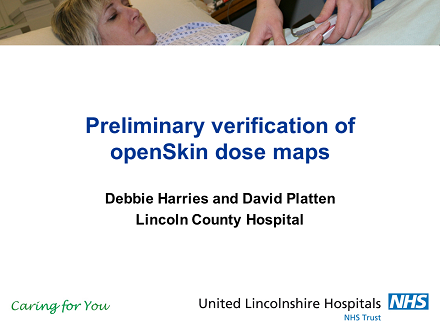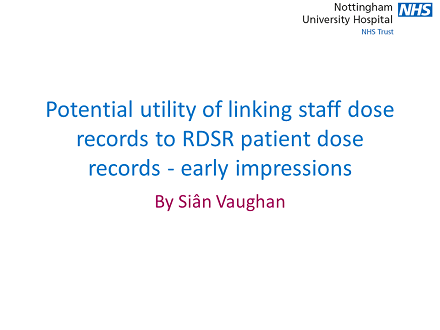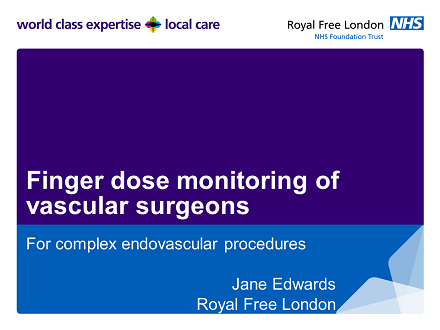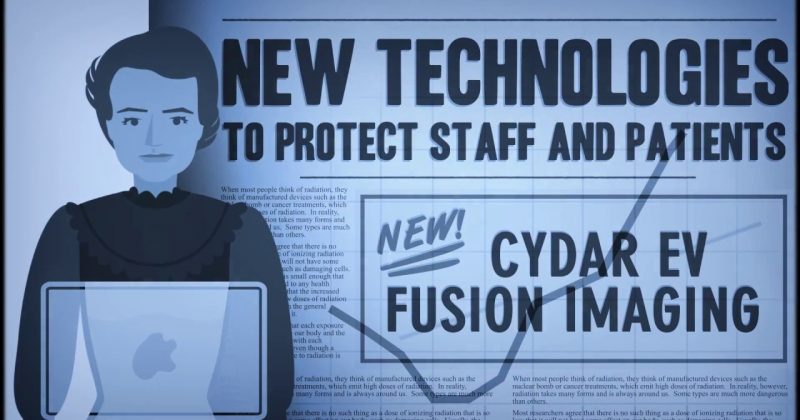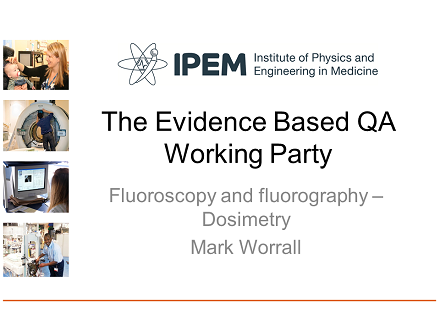
FLUG 2017 – IPEM Evidence Based QA Working Party – Fluoroscopy and Fluorography – dosimetry; Mark Worrall
Background
There is little evidence in peer reviewed literature to support the efficacy of many of the tests of x-ray equipment performed routinely by medical physics departments. Current guidance is based on the substantial experience of the members of working parties involved in writing IPEM report 91 and the IPEM report 32 series. The aim of this working party is to produce evidence that would support any future revisions of IPEM Reports 91 and 32. The specific focus of this workstream is on the efficacy of routine tests in fluoroscopy and fluorography.
Methods
A pro-forma for data collection was devised, tested and revised by the working party. The final pro-forma contained fields to collect data relating to all tests routinely undertaken on fluoroscopy and fluorography equipment. The fields were designed to accept simple pass/fail or the quantitative result, whichever was most appropriate for each specific test.
The pro-forma was developed in such a way that as much or as little information could...

